Moorish Style spread in Maghreb and the Iberian Peninsula during the Islamic period, which was between the end of the 9th and 15th centuries.
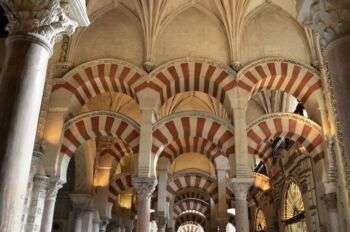
Image source: https://search.creativecommons.org/photos/ce95f626-6720-46d0-9ba2-3c1b9b8a17a0 by Prof. Mortel
Where is Moorish Style Found?
Moorish architecture spread in North Africa and in regions of Spain and Portugal, where the Moors once dominated. It is possible to visit surviving examples in Iberia, namely within Cordoba, Spain. When Prince Abd al-Rahman I established his control over the Iberian Peninsula, he tried to recreate Damascus here. He wanted new building programs and imported plants from his home. Orange trees still stand in the courtyard of the Mosque of Cordoba.
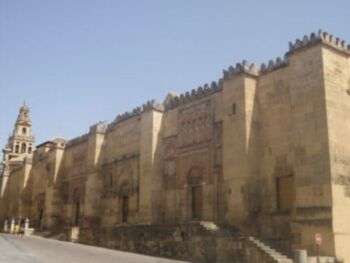
Image source : https://search.creativecommons.org/photos/a49a126c-edea-4b2b-94e7-31d2431716ff by Nirgal Ksi
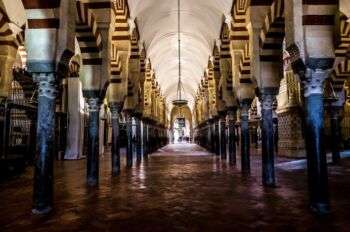
Image source: https://search.creativecommons.org/photos/4a50e0bc-91d1-41bb-9c6d-f12ab06529d0 by Shadowgate
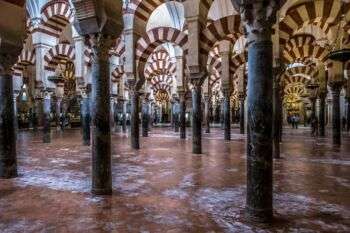
Image source: https://search.creativecommons.org/photos/10a22514-5d35-43ad-9a5b-f18efcdf5b05 by Shadowgate
Another interesting example is the Alhambra in Granada, Spain. The decoration of the Alhambra was mostly stucco. The extraordinary cupolas of muqarnas appear as huge multifaceted diadems. The decoration of the Alhambra became suddenly a paradox. Ceilings, for example, are sustained by frail columns or by walls with windows.
Much of the design and decoration of the Alhambra is symbolically oriented. For example on the walls, it is possible to read several inscriptions as “There is no victor but Allah.” These words are meant to protect the king honored in the different courtyards.
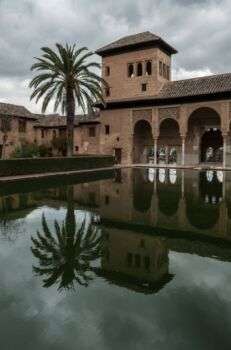
Image source: https://search.creativecommons.org/photos/3f80db2c-62d1-4b59-bc42-cdc6ca8d8184 by Anna & Michal
Features of the Moorish Style
One of the most important features of Moorish style is a simple exterior with an ornate interior. The Moors used to live in tents, so they decorated the interiors with beautiful textiles. Further, the interior was often decorated with ornamental writings. Many elements of nature were important in the construction such as courtyards with gardens, fountains, reflecting pools.
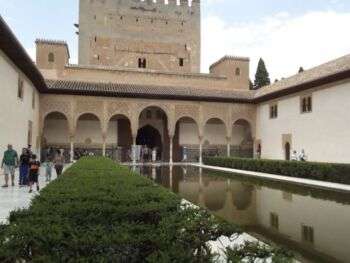
Image source: https://search.creativecommons.org/photos/5556b36b-7a83-4c1e-9f27-68810382fe60 by ell brown
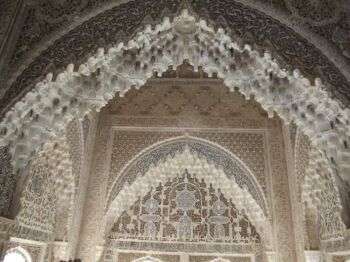
Image source: https://search.creativecommons.org/photos/4720a348-3598-42a9-92cb-6b25cccf3061 by ell brown
The climate influenced the materials employed and geometry important to the Moors. The Qur’an forbids natural forms, so they crafted stars and geometric shapes with different materials. The interior elements of these buildings are often described as “exquisite and unique.” On the external part, it is possible to see the use of horseshoe arches, which was a common feature of the Moorish architectural style.
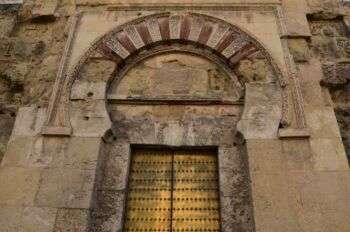
Image source: https://search.creativecommons.org/photos/d5d420a8-c54a-4c67-8dc1-18daad7e1d46 by Prof. Mortel
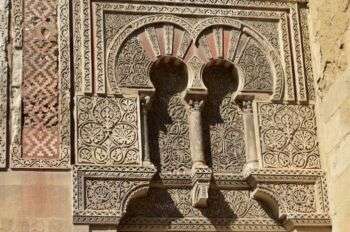
Image source: https://search.creativecommons.org/photos/3a72f7ea-958e-4b3d-b84d-c1994d5e5a2c by Prof. Mortel
Symbolism in Moorish Mosques
There are elements common to all the mosques. For example a calligraphic frieze or a cartouche with an inscription. In many cases, the calligraphic quotations come from the Qur’an. Light is also important for mosques since the first prayers need to be said without sunlight. Lamps with other furnishings like carpets are a key aspect of each mosque. Further, these buildings have wide interior and exterior spaces for anyone who wish to pray.

Image source: https://search.creativecommons.org/photos/d7f28add-f284-4aad-a798-83e91122484b by Prof. Mortel
